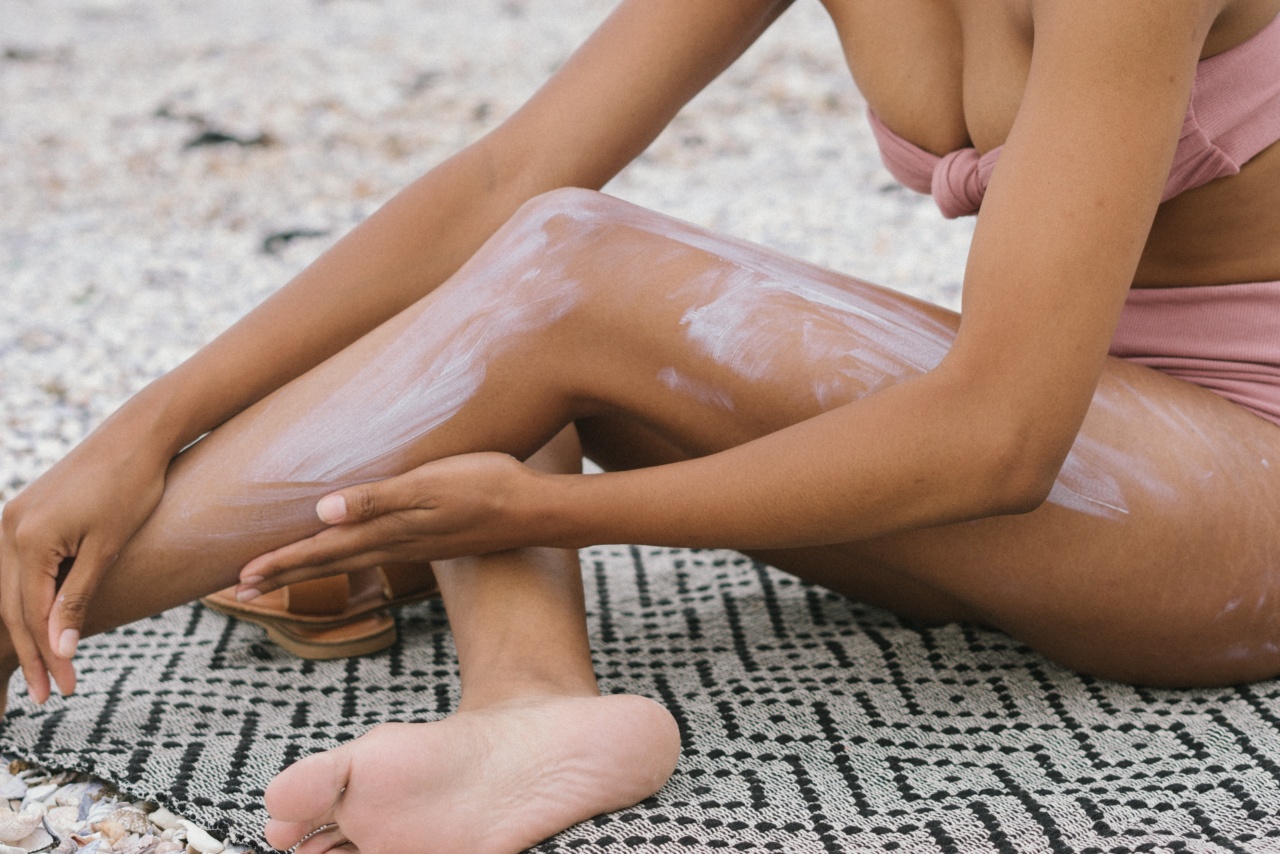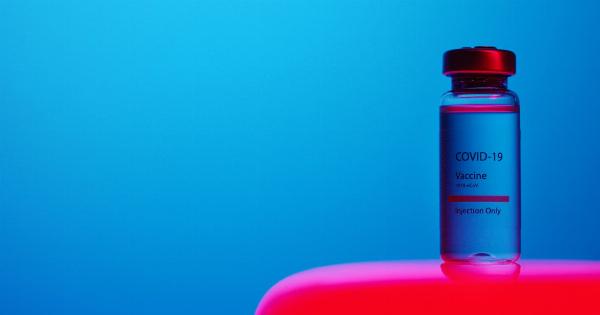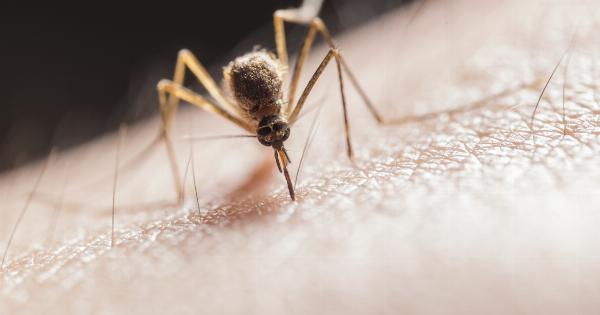Summer is a time when we all love to soak up the sun and enjoy outdoor activities. However, it’s also a time when certain skin diseases can wreak havoc on our skin and ruin the fun.
In order to fully enjoy the summer months without worrying about skin diseases, it’s important to be aware of the common skin conditions that can arise during this season and take necessary precautions to protect ourselves. Let’s explore some of these skin diseases and how we can prevent them from spoiling our summer.
Sunburn: The Bane of Summer
Sunburn is perhaps the most common skin problem associated with the summer season. When the skin is exposed to excessive ultraviolet (UV) radiation from the sun, it can become red, painful, and inflamed.
Severe sunburns can even lead to blisters and peeling skin. To prevent sunburn, it is crucial to apply sunscreen with a sun protection factor (SPF) of at least 30, wear protective clothing, and limit sun exposure during peak hours.
Heat Rash: An Unwelcome Visitor
Heat rash, also known as prickly heat, occurs when sweat glands become blocked and the sweat gets trapped beneath the skin. This condition typically manifests as tiny, itchy blisters or red bumps.
Heat rash commonly affects areas that are prone to sweating, such as the armpits, groin, and neck. To avoid this irritating condition, it is important to wear loose, breathable clothing made from natural fabrics, keep cool, and avoid excessive sweating.
Swimmer’s Itch: A Poolside Nightmare
Swimmer’s itch, also referred to as cercarial dermatitis, is a skin condition caused by an allergic reaction to parasites found in contaminated water bodies such as lakes and oceans.
When these parasites come into contact with the skin, it leads to red, itchy bumps or blisters. To prevent swimmer’s itch, it’s important to dry off quickly after swimming, avoid swimming in areas with stagnant water, and apply waterproof sunscreen to create a barrier between the skin and the parasites.
Poison Ivy, Oak, and Sumac: Summer’s Hidden Dangers
Exposure to poison ivy, poison oak, or poison sumac can result in an allergic reaction called contact dermatitis. These plants produce an oily resin called urushiol, which can cause an itchy rash, swelling, and blisters.
It’s important to identify these plants and avoid contact with them while hiking or engaging in outdoor activities. If exposed, immediately wash the affected area with soap and water to remove the resin and prevent a severe reaction.
Insect Bites and Stings: Tiny Troublemakers
Summer also invites various insects that can leave painful bites and stings on our skin. Mosquitoes, ticks, bees, wasps, and spiders are some of the common culprits.
These bites can cause itching, redness, swelling, and in some cases, severe allergic reactions. To prevent insect bites, it is advisable to wear protective clothing, use insect repellent, avoid areas with high insect activity, and take precautions to keep insects away from living spaces.
Fungal Infections: A Warm and Moist Paradise
Fungal infections thrive in warm and moist environments, making them a common problem during the summer season.
Conditions like athlete’s foot, jock itch, and ringworm are caused by different types of fungi and can lead to itching, redness, and discomfort. To prevent fungal infections, it is important to keep the skin clean and dry, wear breathable footwear, avoid sharing personal items, and use antifungal powders or creams if necessary.
Practical Tips for Skin Protection
While being aware of the various skin diseases is important, taking preventive measures is even more crucial. Here are some practical tips to protect your skin and have a hassle-free summer:.
1. Apply Sunscreen
Choose a broad-spectrum sunscreen with an SPF of at least 30 and apply it generously on all exposed areas of your body. Reapply every two hours, especially after swimming or excessive sweating.
2. Seek Shade
Limit your sun exposure by seeking shaded areas, especially during peak hours when the sun’s rays are the strongest (usually between 10 am and 4 pm). Use umbrellas or wear wide-brimmed hats to shield your face, neck, and shoulders.
3. Stay Hydrated
Drink plenty of water to stay hydrated and prevent skin dehydration. Dehydrated skin is more prone to sunburn and other skin problems.
4. Wear Protective Clothing
Wear lightweight, loose-fitting clothing that covers your arms and legs to minimize sun exposure. Opt for fabrics with a tighter weave for better protection.
5. Avoid Peak Insect Activity
Learn about the peak activity times of insects in your area, such as mosquitoes or ticks, and plan your outdoor activities accordingly. Protect yourself with insect repellents and proper clothing to reduce the risk of bites and stings.
6. Practice Good Hygiene
Keep your skin clean and dry to prevent fungal infections. Take regular showers, especially after participating in activities that cause excessive sweating. Change into clean, dry clothes to avoid creating a breeding ground for fungi.
7. Be Mindful of Allergens
Identify common allergens like poison ivy or oak in your vicinity and take necessary precautions when venturing into nature. Learn to recognize these plants and avoid direct contact.
8. Use Medicated Powders or Creams
If you are prone to fungal infections or have had previous experiences with certain skin diseases, consider using medicated powders or creams recommended by a healthcare professional.
9. Stay Informed
Stay updated with information regarding current skin disease outbreaks in your area. This will help you take necessary precautions and stay safe.
10. Consult a Dermatologist
If you experience persistent or severe skin problems despite preventive measures, consult a dermatologist for proper diagnosis and treatment.
























